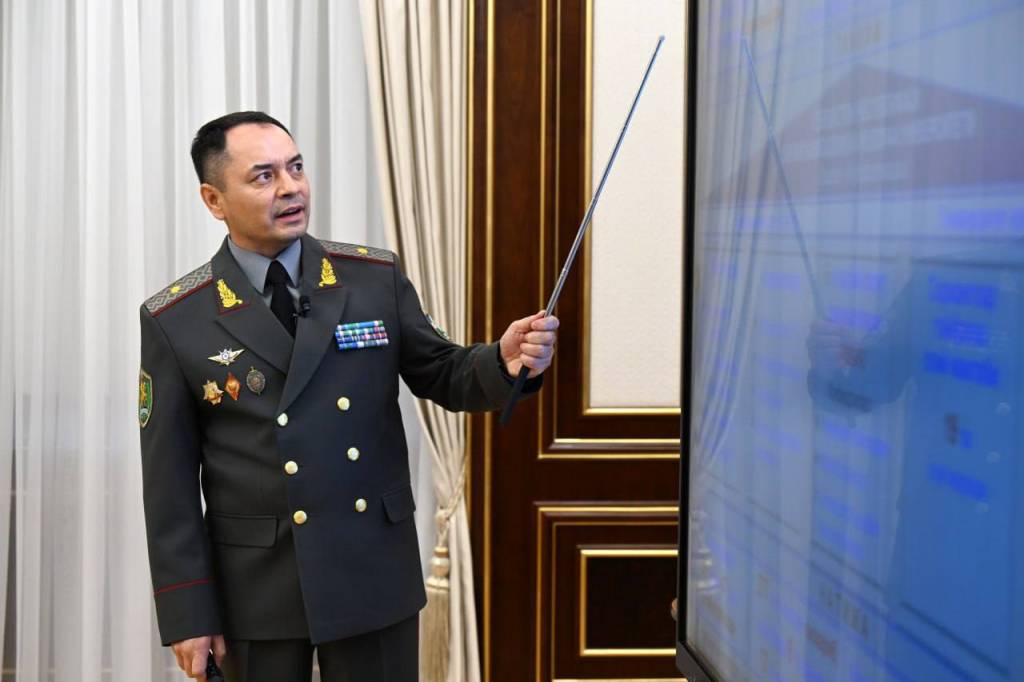WNAM MONITORING: The President of the Republic of Uzbekistan, Supreme Commander-in-Chief of the Armed Forces, Shavkat Mirziyoyev, reviewed a presentation on proposals for improving military education.
The relevant directive was issued at the Security Council meeting held on February 21 of this year. The advanced experience of more than 20 foreign countries was studied, and a new national model for reforming military education was developed.
It is proposed to reorganize the Armed Forces Academy and establish, on its basis, the University of Military Security and Defense of the Republic of Uzbekistan. The university will include all military educational institutions of the Ministry of Defense – five institutes, the Higher School for Sergeant Training, and the School for Training Specialists in Aviation and Unmanned Aerial Vehicles, which will all be granted institute status. A centralized vertical system will be created to enhance the capacity of the armed forces, expand dual education, and broadly implement the results of scientific research into practice.

At the Higher School for Sergeant Training, which serves as a key pillar of the army, a new system will be introduced to develop leadership qualities, enhance skills in the use of modern weaponry, and master new tactical techniques.
Another innovation is the introduction of a hybrid “2+2” model for training in specialized fields. In this model, second-year students of civilian higher educational institutions will be selected as cadets in 18 specialties, such as psychologist, communications officer, logistics officer, and warehouse manager.
To support talented youth, starting from the new academic year, a State Scholarship of the Supreme Commander-in-Chief will be established for graduating cadets. Recipients of this scholarship will be admitted to a master’s program at a higher military educational institution without entrance examinations within five years of completing their undergraduate studies.
In addition, a dual diploma system will be introduced for graduates of higher military educational institutions in 36 fields of study, awarding qualifications in both civilian and military professions. This will enable service members to continue active professional engagement after completing their service.
In light of the ongoing reforms, there will be an increased need for the high-quality selection and recruitment of military instructors. A system will be established for training military educators in leading foreign countries.
The submitted proposals were approved, and instructions were given for their effective implementation in practice.


